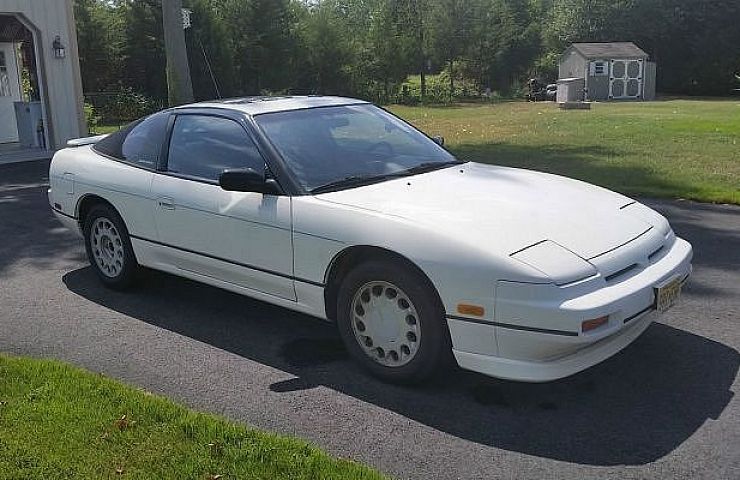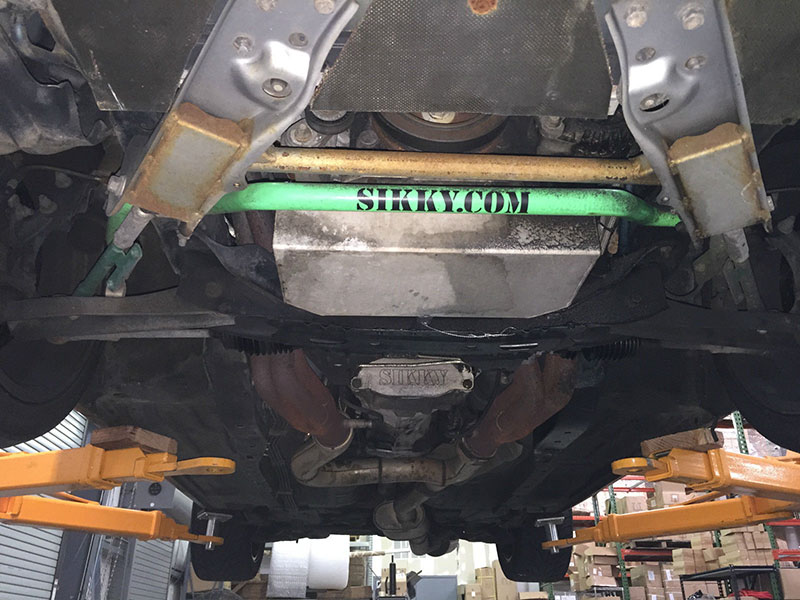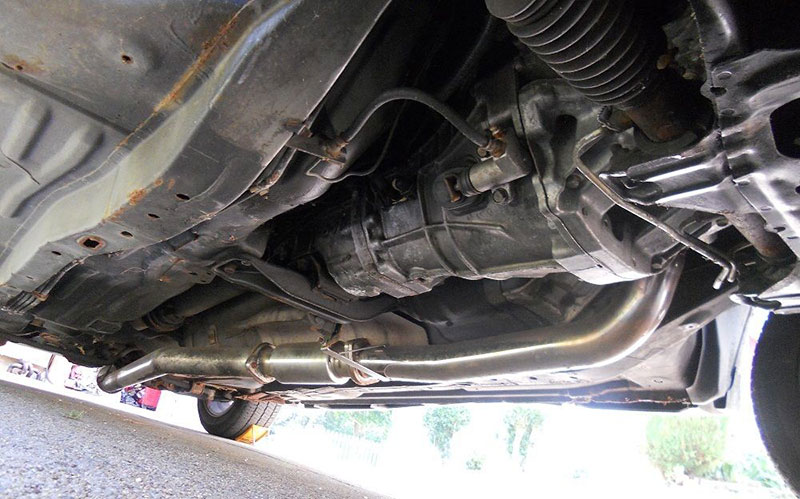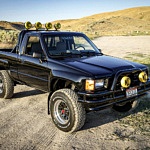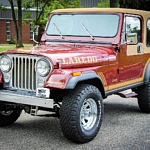While the unenlightened might look upon the 240SX as just another import, to those in the know, Nissan’s lightweight rear-wheel-drive prodigy is a legend. The infinitely driftable 240SX’s rise to cult fame is a double-edged sword. The 240SX became popular after production ended in 1998, largely because of its affordability and adaptability. The other side of the story is that untouched low-mile manual examples have become incredibly tough to find.
Has the Well Run Dry?
With heavy street use, lots of track time, endless engine swaps, and voracious rust devils, too many 240SX have been lost to the crusher. The years have not been kind to those in search of a pristine example. While the one-owner barn finds might still be out there, the chance of turning up an unmolested 240SX becomes more slim as each day ticks by.
Nissan built two generations of 240SX for sale in America. The first generation S13 was produced between 1989 and 1994. It was offered as a two-door coupe, a convertible, and a three-door hatchback. The second generation S14 was solely produced as a coupe between 1995 and 1998.
Although the car won instant acclaim for its handling, the same could not be said for the stock 2.4-liter SOHC KA24E and DOHC KA24DE inline four-cylinder engines. The factory mills failed to deliver the performance that the chassis deserved. But a new generation of horsepower-crazed engine-swapping hot-rodders fixed that with power plant transplants ranging from the highly popular imported Japanese Domestic Market (JDM) turbocharged Nissan SR20DET inline fours to junkyard-sourced Chevrolet LS V8s.
A host of engine swap kits eased the way. Whether you love the sound of blow-off valves or are firmly in the “no replacement for displacement” camp, the 240’s ample engine bay will let you play the wild card.
Rust Never Sleeps
Oxidation is not our friend. Rust hits the 240SX in the usual suspect places: wheel wells, fenders, strut towers, rocker panels, trunk, and cabin floors. Sadly, clean sheet metal is hard to come by and finding a suitable donor car can be tough. There’s no end to the plastic aftermarket body kits, but good luck finding any OEM metal.
Aftermarket sheet metal manufacturers like Year One, Dynacorn, and Auto Metal Direct have not yet come to the rescue, as they have for the muscle car crowd. If you need a new front fender, a door skin, and a quarter panel for a 1968 Camaro, you’ll find plenty of parts. 240SX owners, on the other hand, aren’t so lucky. You might win the lottery and find an OEM panel collecting dust on a dark shelf in a dealership somewhere in the middle of nowhere, but most likely not.
The 240 is highly susceptible to frame rot, in addition to rot in the body panels. While you could put in the time and effort to fabricate a frame fix from scratch, you might better off welding in a ready-made frame repair kit. Xcessive Manufacturing offers Front Frame Repair kits for both the S13 and S14. Their kits contain two frame patch sections that are built with “heavier material than the stock sheet metal,” in order to hold up to welding, road abuse, and jacking.
You’d be a genius to roll a stone stock 240SX into an airtight time capsule—and wait for it to appreciate. While the kids today might not value a nice clean original car, they will in 20 years, when they have real money to spend.
The 240SX is a canvas to be painted, and a car to be driven. Fix the ones that are already broken. Convert as many of the automatics into manual cars as you can. Clap out the high-mile beaters. But save the cleanest of the original low-mile manuals and start the restoration process.

